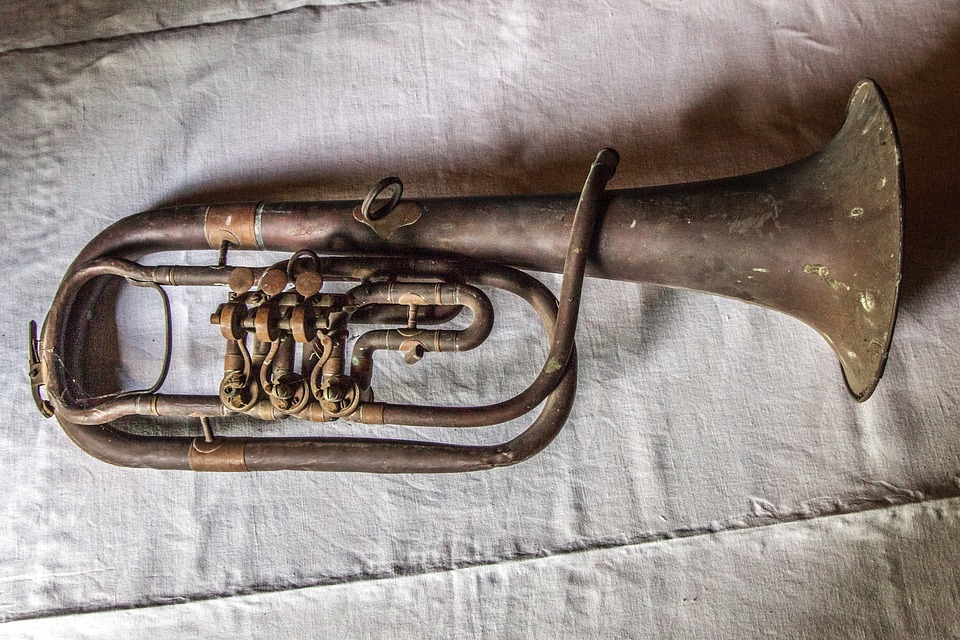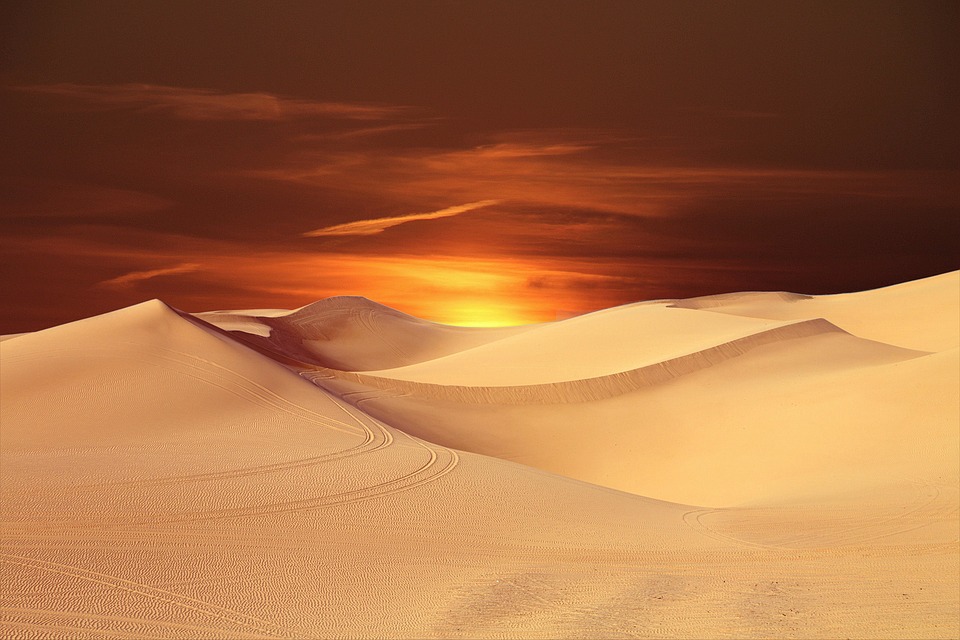Title: 10 Surprising Facts About Russia’s Diverse Geography
Image: An enticing image depicting Russia’s varying geographical landscapes – from snow-covered Siberia to the tropical beaches of its sub-tropical islands.
Introduction
As the largest country in the world, Russia boasts an awe-inspiring variety of landscapes and topographical wonders. From the soaring heights of its mountain ranges to the expansive tundra, the country’s geography is as diverse as it is fascinating. Here are ten surprising facts that illuminate just how rich and varied Russia’s natural landscapes truly are.
1. Russia is home to the world’s coldest city.
Siberia may be synonymous with cold, but it beats Vostochny by a country mile. Russia’s eastern city of Oymyakon regularly experiences temperatures below -40°C (minus 40 degrees Fahrenheit) in winter, earning it the title of the world’s coldest permanently inhabited city.
2. Russia’s Ural Mountains divide Europe and Asia.
Geographically, the Ural Mountains in central Russia divide the vast expanse of the country into two continents – Europe and Asia. These majestic mountains formed over 200 million years ago, and still underline the continental divide.
3. Russia has all of Earth’s five climate zones.
From the bone-chilling cold of the tundra and the bitter cold of the taiga, to the cool temperate forests, warm steppes and subtropical coasts, Russia encompasses all of Earth’s five climate zones, which swings between icy frosts and balmy breezes.
4. Russia has 11 time zones.
Because of its massive size, Russia spans 11 time zones! Vladivostok, Russia’s Pacific hub, and Moscow, its European capital, are a staggering 7 hours and 32 minutes apart.
5. Lake Baikal is the deepest and oldest freshwater lake in the world.
At over 1,642 meters (nearly one mile) deep, Russia’s Lake Baikal holds the honor of being the world’s deepest and the oldest freshwater lake – it’s over 25 million years old! Containing about a fifth of the world’s unfrozen freshwater, the lake is also home to around 3,500 plant and animal species, half of which can’t be found anywhere else on the planet!
6. Russia’s coastline is the longest in the world.
The country’s vast land mass is only surpassed by its coastline that stretches 40,000 kilometers, thanks to the country’s multiple access to different seas and oceans. With the Arctic and Pacific Oceans to the North and East, and borders with the Baltic, Black, and Caspian Seas, Russia’s watery periphery is a network of isolating beauty.
7. Russia is a mountainous country.
Mount Elbrus in the Caucasus Mountains at 5,642 meters high, stands as Europe’s highest peak. The Ural Mountains serve as the country’s western spine, and the long, low ridges of the Russian Far East are home to some of the world’s most remote and exotic terrains.
8. The Russian Plain is the world’s largest plain.
Stretching over two million square kilometers from the Arctic Ocean to Kazakhstan, the Russian Plain is a flat expanse of land that also marks the divide between Europe and Asia. The plain encompasses a wide range of habitats, including forests, steppes, tundra, and taiga.
9. Russia features all types of climate extreme.
Frozen winter in the North to sweltering summer in the South – Russia encompasses the world’s extremes. The highest temperatures ever recorded in the country were an astounding 45°C (113°F) in the steppes and sub-tropical regions.
10. The Lena River is the 8th longest river in the world.
The Lena River, famous for its beautiful and surreal delta, is the 8th longest river globally, stretching just under 4,400 kilometers. This massive river system is known for its remarkable biodiversity, and the river’s valley is a breeding ground for fauna like reindeer and wild boar.
FAQs
Q: What’s the highest mountain in Russia?
A: Mount Elbrus – at 5,642 meters, it’s the highest mountain in Europe as well.
Q: Can I see the five climate zones in one trip?
A: Certainly! Given Russia’s massive size, it’s quite possible to experience several different climates in a single trip, although you would need significant time and resources.
Q: What could be done to explore Russia’s geography?
A: Visiting Russia involves a great deal of planning due to its scale. Seasonal tourism, whether it’s seeing the ‘White Nights’ in the north or basking on the Caspian beaches in summer, is a great way to start. With its numerous biospheres, Russia also offers opportunities for hiking and adventure tourism.
Q: Is it possible to visit all the time zones of Russia in one trip?
A: Given its sprawling territory, it would be highly challenging and time-consuming to visit all 11 time zones in a single trip. However, with good planning and budgeting, it is possible, albeit a significant expeditionary push.
Russia’s geography is a testament to the unrivaled diversity and complex beauty of nature. From the deep-freeze extremes of Siberia to the sun-drenched shores of the Black Sea, it captures the sheer scale of Mother Earth’s creations.



